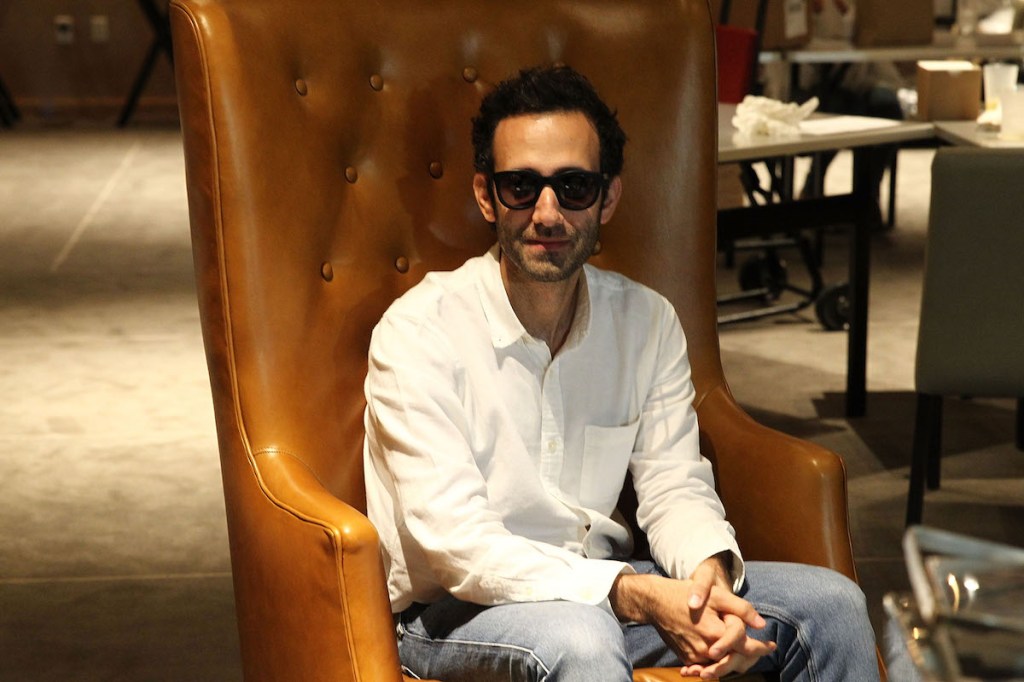Tate Modern Launches Acquisition Fund for Sámi and Inuit Art
London’s Tate Modern has today announced a new initiative aimed at boosting the representation of Indigenous artists in its collection, starting with a four-year acquisition fund dedicated to Sámi and Inuit art from Northern Europe. Acquisitions will be funded by the AKO Foundation, a UK-based charity and frequent partner of the museum; research and curation projects centered on art from Indigenous communities beyond Europe’s borders are set to follow.
Karin Hindsbo, museum director since 2023, said in a statement: “We are beginning to see greater recognition of Indigenous contemporary artists around the world, as this year’s Venice Biennale demonstrates so brilliantly. Tate has long been dedicated to expanding the canon of art history and we can now take that work even further.
“I’m particularly delighted that Sámi and Inuit artists from Northern Europe—an area of artistic practice very close to my heart—will soon be represented in Tate’s ever-more-diverse international collection for the first time,” she added. Hindsbo, a Danish-born art historian, joined the museum from the National Museum in Oslo.
Tate Modern has already announced its first acquisition through the new fund: The woven hanging installation Guržot ja guovssat / Spell on You! (2020) by Outi Pieski, a Sámi visual artist born in Finland. The museum has also acquired the installation’s companion piece, Skábmavuođđu / Spell on Me! (2024), created during Pieski’s residency at Porthmeor Studios in Cornwall. Per the artist, both intricate weavings reflect the “contradictory forces” in Sámi societies—elements of “ritual, sacrifice, redress, atonement”. With this acquisition, Pieski became the first Sámi artist to enter the Tate Modern in its 24-year-history. The Tate galleries comprise four spaces, the Tate Britain and Tate Modern in London, Tate St. Ives in Cornwall, and Tate Liverpool.
Sámi are a semi-nomadic people who number roughly 100,000 across northern Norway, Finland, Sweden, and Russia’s Kola Peninsula (known as Sápmi). Centuries of colonization by all four countries has stripped them of much of their ancestral lands, and seen their language and religions suppressed. Nordic Sámi, though they have their own parliaments and Scandinavian states have by now recognized some Indigenous rights, still face discrimination. Sámi artists, too, have been historically neglected by cultural institutions (and consequently, art history), though the status quo appears to be changing in that respect.
At the 2022 Venice Biennale, the Nordic Pavilion, which represents the countries of Norway, Sweden, and Finland, for the first time ceded its spotlight to Indigenous artists. Renamed the Sámi Pavilion, it featured artists Pauliina Feodoroff, Máret Ánne Sara, and Anders Sunna.
“It’s often very easy for Norway, Sweden, and Finland to be the best in the class regarding human rights and Indigenous rights but then these three artists come and tell a totally different story on how they are treated, and that’s very revealing,” Beaska Niillas, a co-curator of the pavilion and land guardian and Norwegian Sámi parliament member, told ARTnews at the time.



